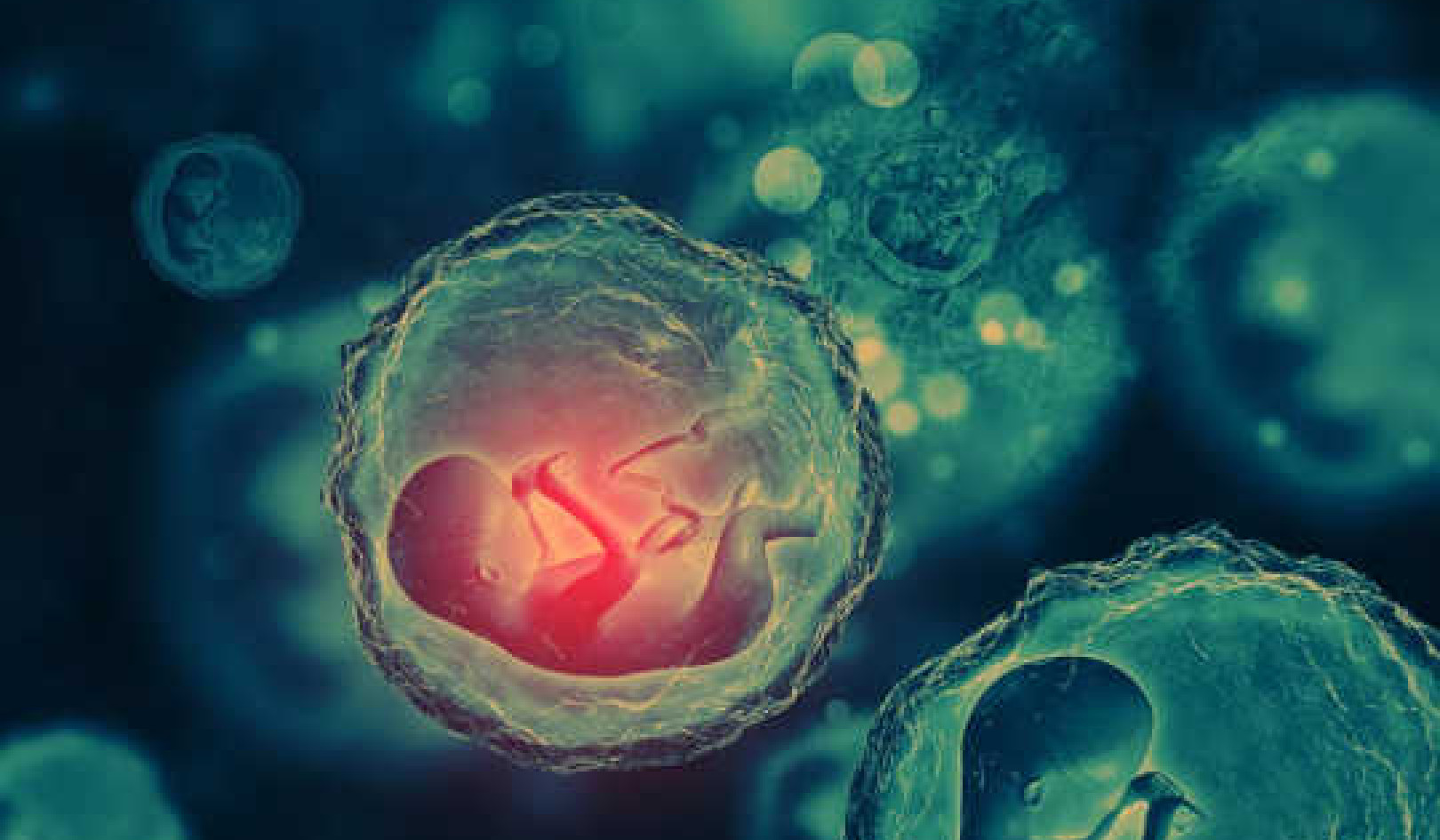
Four characteristics may offer a way to predict if a woman will experience postpartum depression—and if her symptoms will worsen over the first year after giving birth.
Identifying the factors early on could allow earlier treatment and improve chances of a full recovery, say researchers.
The four characteristics are:
- Number of children
- Ability to function in general life, at work, and in relationships
- Education level, which can determine access to resources
- Depression severity at four to eight weeks postpartum
“By the time a mother comes in for her six-week postpartum visit, we have the potential to predict the severity of her depression over the next 12 months,” says Sheehan Fisher, assistant professor of psychiatry and behavioral sciences at Northwestern University Feinberg School of Medicine and lead author of the paper in Depression & Anxiety.
“This would be a game-changer for mothers and their clinicians because we could encourage early intervention so moms have better odds of success with their treatment over time.”
Three trajectories
A mother with postpartum depression can fall into one of three depression trajectories: gradual remission (over time she starts to get better); partial improvement (at 12 months postpartum, she is headed in a positive direction but continues to have symptoms); and chronic severe (her symptoms start at the same level as the partial improvement trajectory but worsen over time).
“It’s not just a question of ‘Is the mother feeling depressed?’ but rather, ‘Which way is she headed in her depression?'” Fisher says. “If her depression symptoms are going to get worse over time, she needs to be proactive about treatment.”
Fisher hopes the findings will lead to improved step care for mothers in all three depression trajectories, meaning health providers can tailor the level of care to each woman.
Postpartum symptoms and treatments
Mothers with postpartum depression typically experience difficulty sleeping, feelings of worthlessness or excessive guilt, coping with negative emotions, have an inability to focus or concentrate on things, and generally feel a lot of emotional distress, Fisher says.
Postpartum depression affects not only the mother but also can negatively affect her child’s functioning and health. It can affect the child’s emotional development and ability to regulate their own emotions and confer a higher risk for anxiety and depression.
The longer a woman’s depression goes untreated, the more difficult it is for her to get back on track, Fisher says. It can also take a while to find the right medication and get access to the right provider.
“It only complicates things if the mother doesn’t start her treatment until later on,” Fisher says.
Treatment for women in the chronic severe group differs based on the individual but could include psychotherapy and/or medication, Fisher says. Clinicians might enlist the help of the father or other family members or might seek high-level care like an intensive outpatient course of treatment for the mother.
The longitudinal study looked at data collected between 2006 and 2011 of women delivering at an academic medical center in Pittsburgh, Pennsylvania. Women with a postpartum depressive disorder participated and completed symptom severity assessments at 4-8 weeks (intake), 3 months, 6 months, and 12 months postpartum. Clinicians interviewed the women about the severity of their depressive symptoms, medical and psychiatric history, functioning, obstetric experience, and infant status.
The scientists determined a woman’s score based on the four characteristics and, using a computational algorithm that predicts her depression trajectory, provided the odds of which group the woman would fall in. The study predictions were 72.8 percent accurate.
The National Institute of Mental Health of the National Institutes of Health funded the work.
Source: Northwestern University
Related Books
at InnerSelf Market and Amazon


























